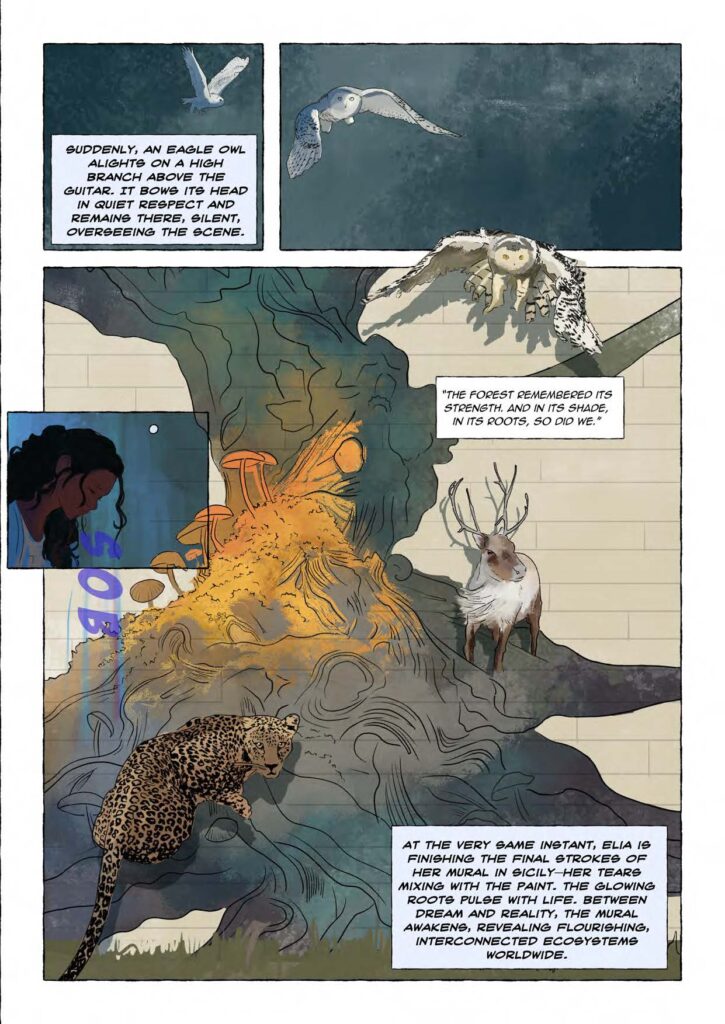“Forest of Forgotten Futures” was developed by Biodiversa+ and The Nature of Cities, drawing on findings from the BiodivClim research projects. By blending scientific insights with storytelling, the comic offers a creative way to engage with complex environmental issues and reflect on our changing world.
In “Forest of Forgotten Futures,” amidst the global efforts of forest restoration, Leo, a wandering musician, begins a lifelong journey to walk from the Amazon to Sweden entirely under the shade of trees.
[Click the QR codes for deeper insights.]
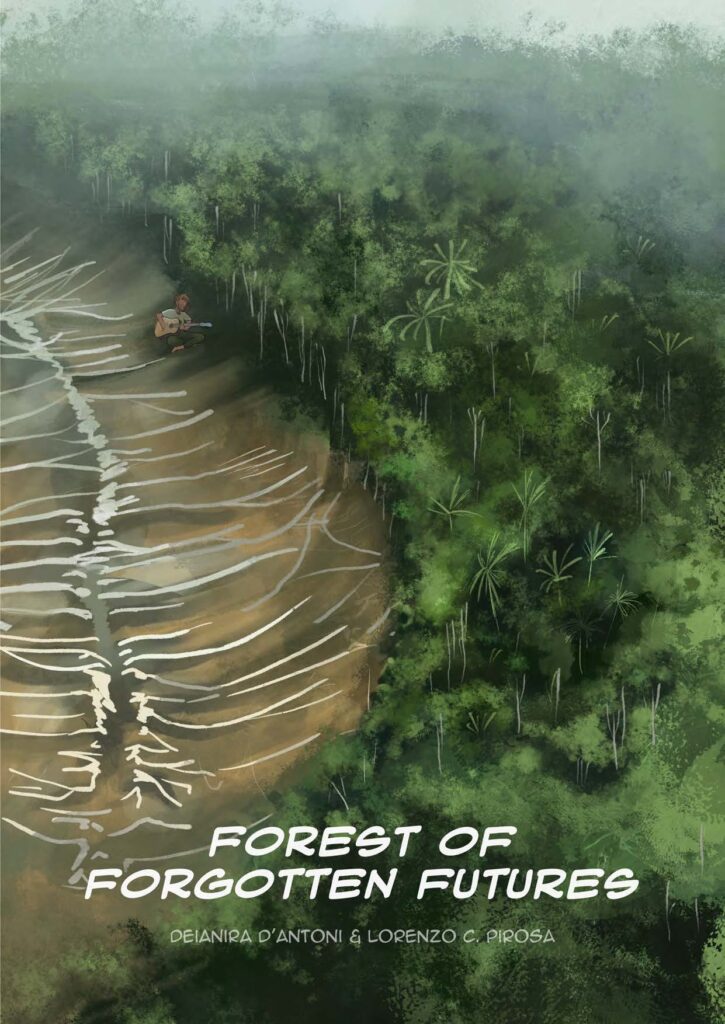
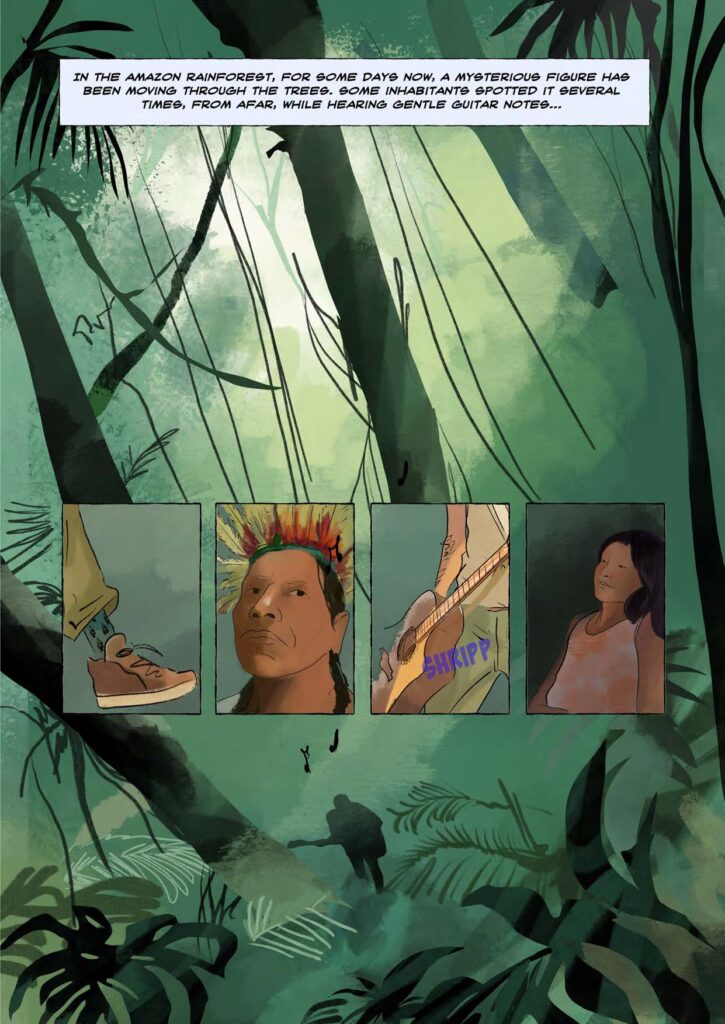

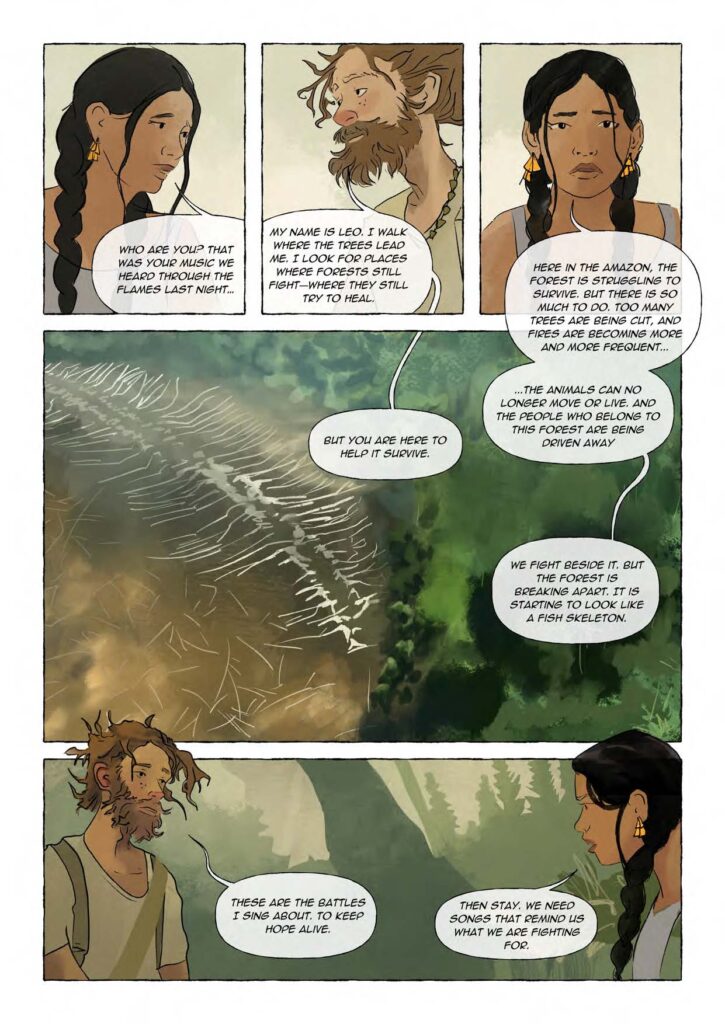
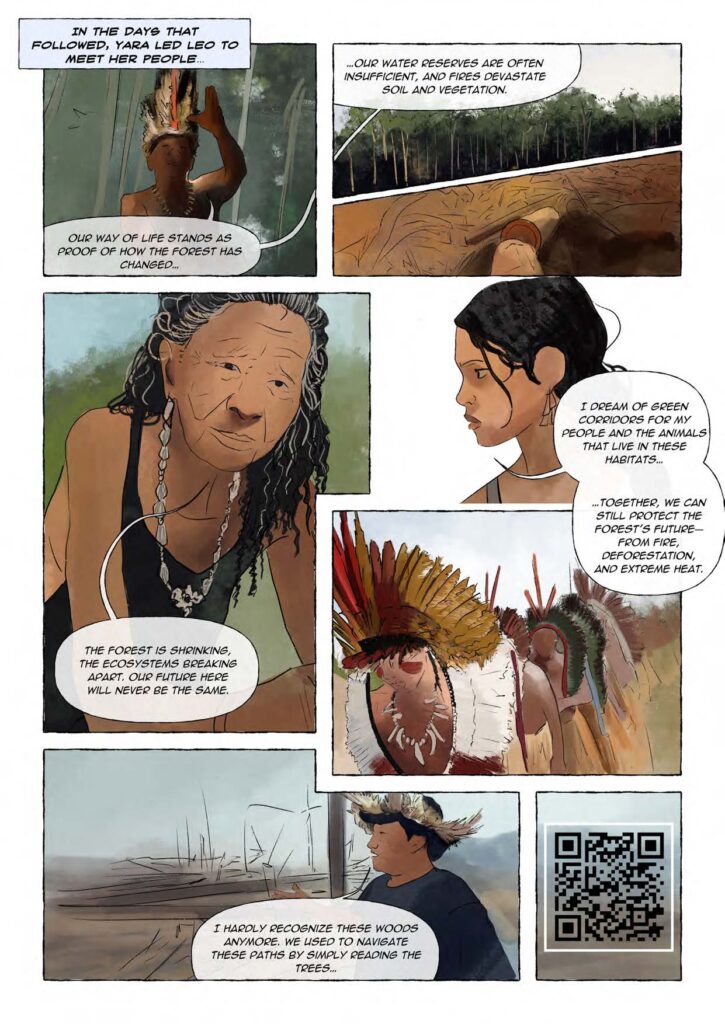
They integrated data from geological sediment cores, species distributions, genomics, and community phylogenetics with climate models and environmental data to reconstruct the recent demographic history of populations in selected plant and animal groups, to infer how past climate changes have impacted habitat stability, dispersal, and local extinctions and to model how the distributions of suitable habitats may change in the future.
Climate change affects life at all levels, from genetic structure of animal and plant populations to the socio-economic organization of human communities, especially the indigenous peoples who depend on the forests for their livelihoods. Amazonia seems to be facing warmer and drier climates, which could make large areas unsuitable for species adapted to moist rainforest conditions and increase the susceptibility of vegetation to wildfires, thereby promoting savannization. This, in turn, would reduce biodiversity, biomass, carbon storage, and productivity of the forests, as well as further reduce local rainfall and affect river water levels through impacts on water circulation.
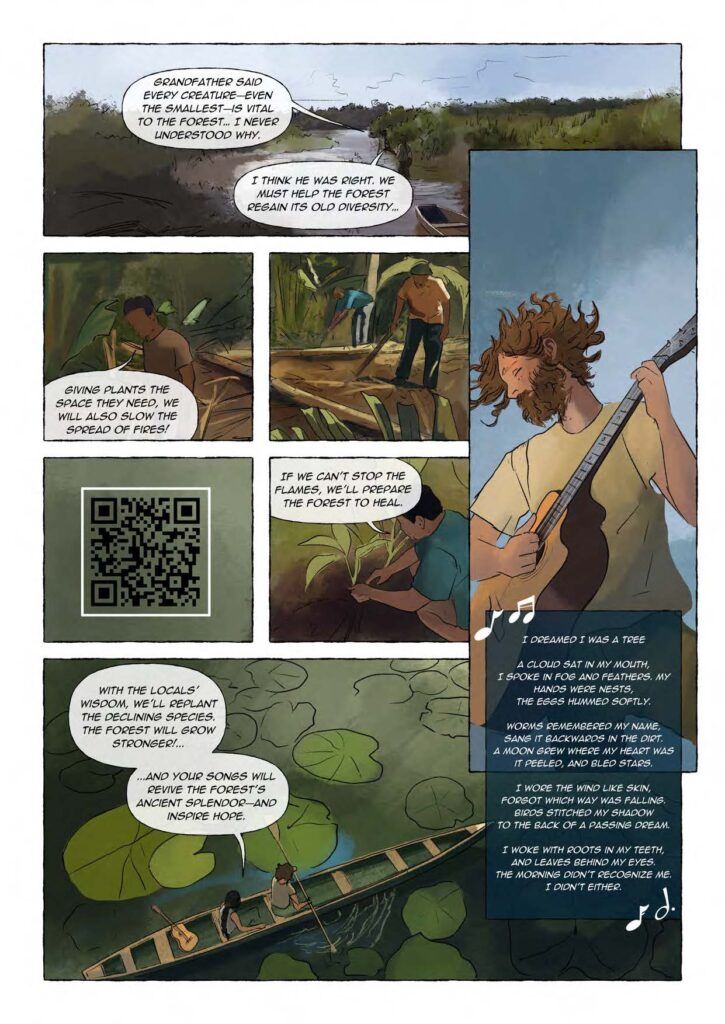
Forest landscape restoration and afforestation have recently received much international attention as a crucial opportunity for mitigating climate change. Therefore, it features prominently in many political initiatives such as the EU Green Deal and the Bonn Challenge. Yet, the ongoing increase in biotic and abiotic stress driven by climate change puts forests under threat. In the face of climate change, adaptation and mitigation by forests are ultimately linked, because the ability of forests to sequester carbon in the long run depends on the ability of trees to cope with multiple stresses.

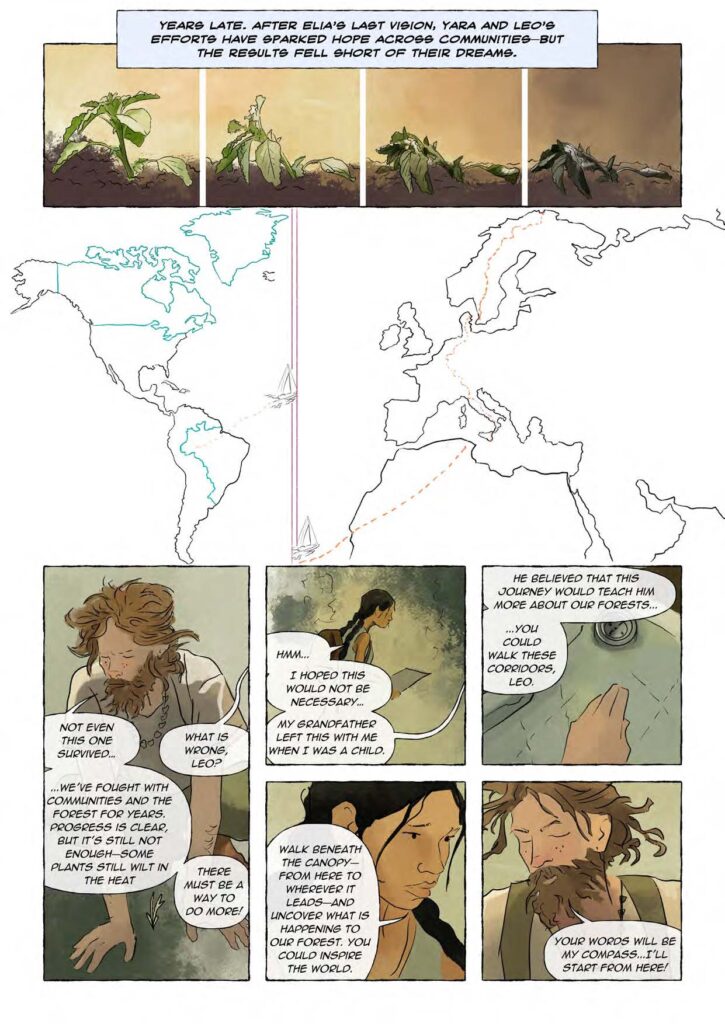
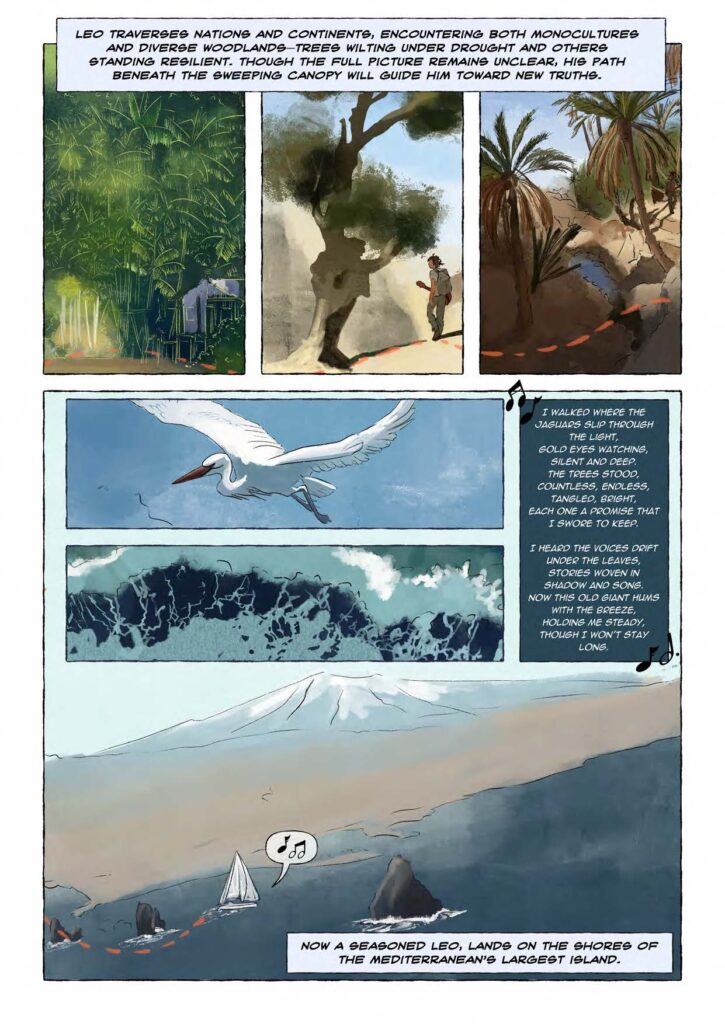
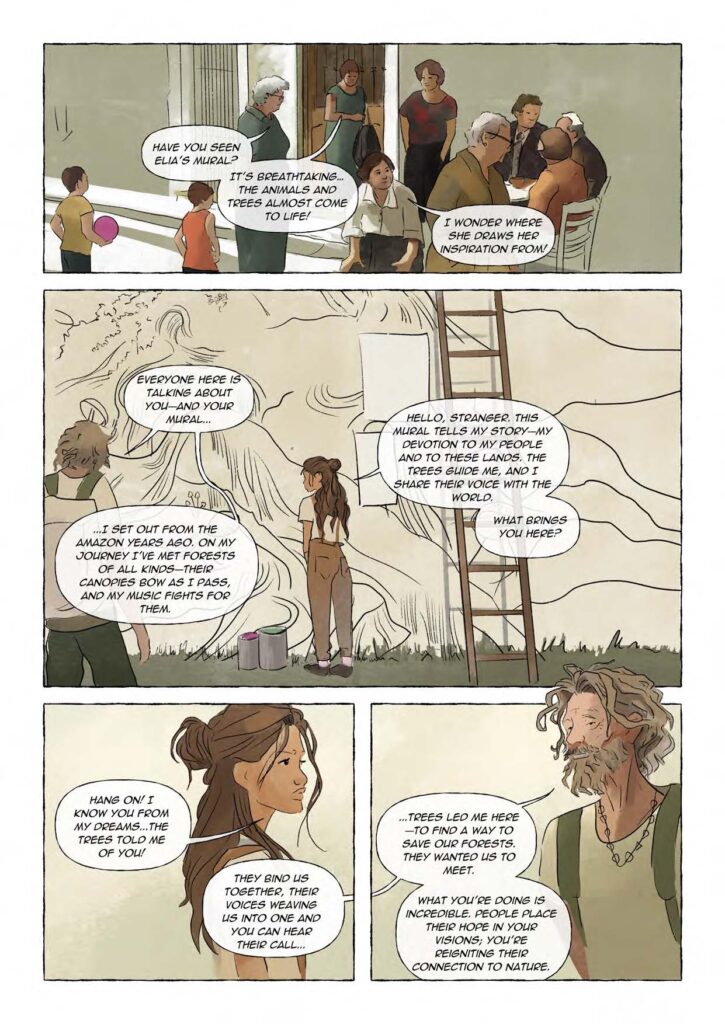
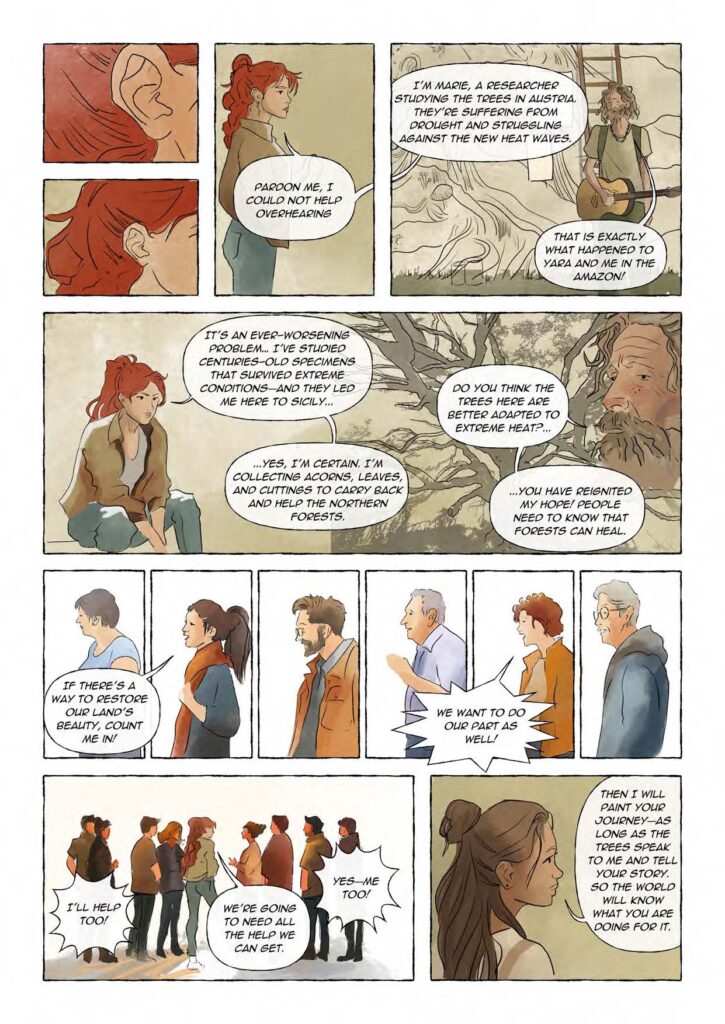
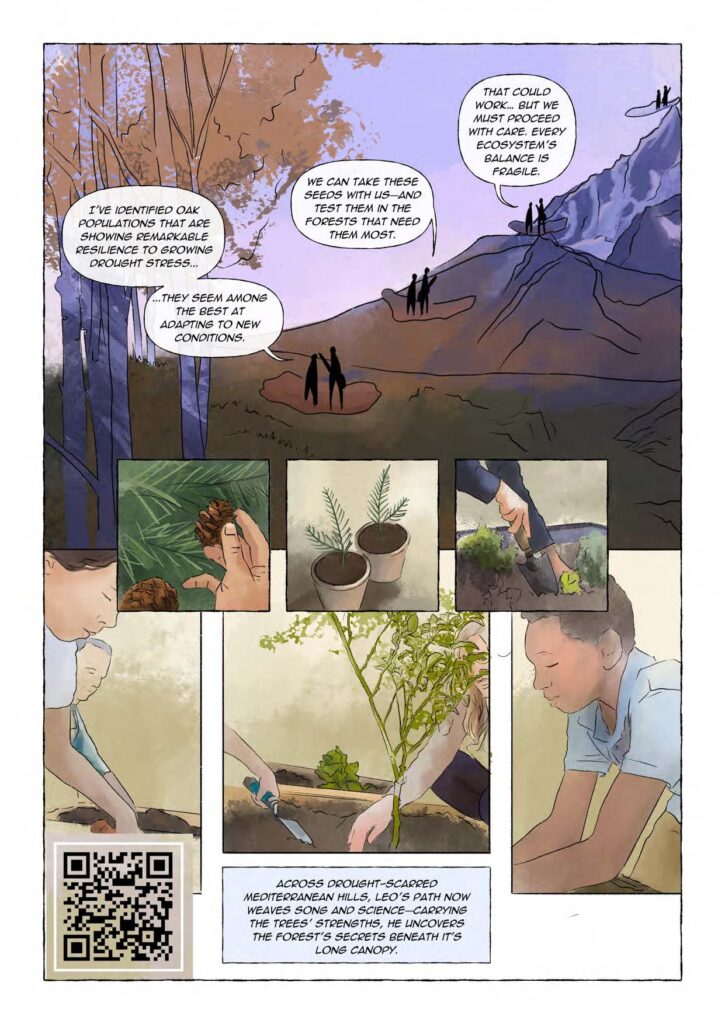
Given the pace of climate change, it is questionable whether local gene pools of forest trees allow them to adapt to the changing environmental conditions. ACORN is exploring ways to increase oak forests’ capacity to adapt by transferring seeds from suitable sites to sites that may not otherwise withstand climate change. They focus on oak trees because they are known to support a great amount of biodiversity and because they are thought to be highly adaptable.
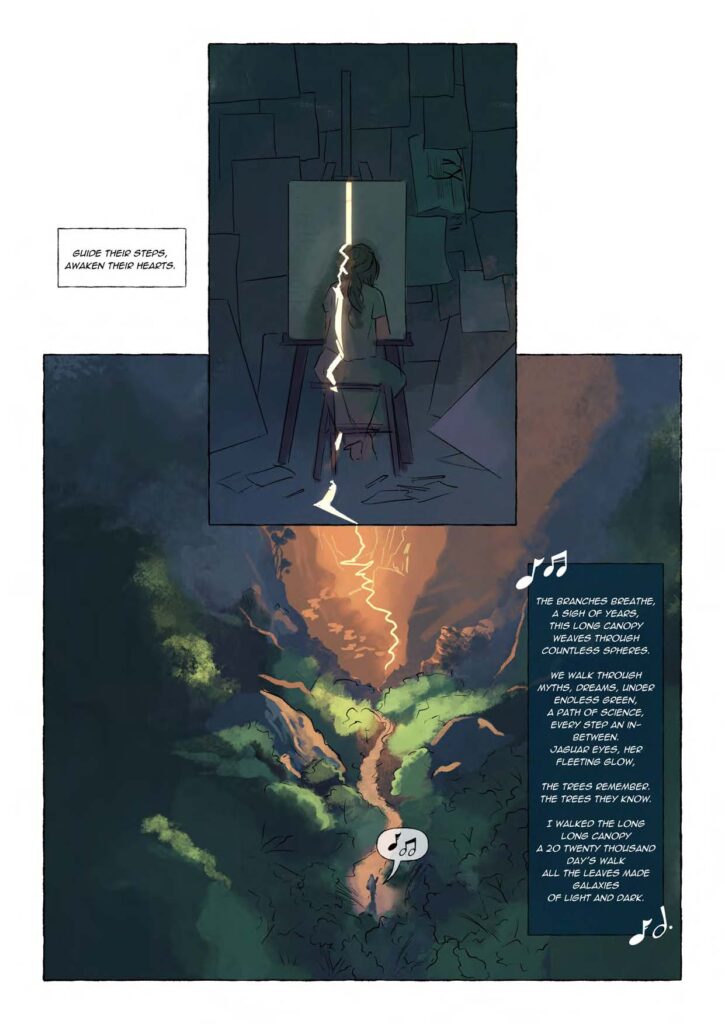

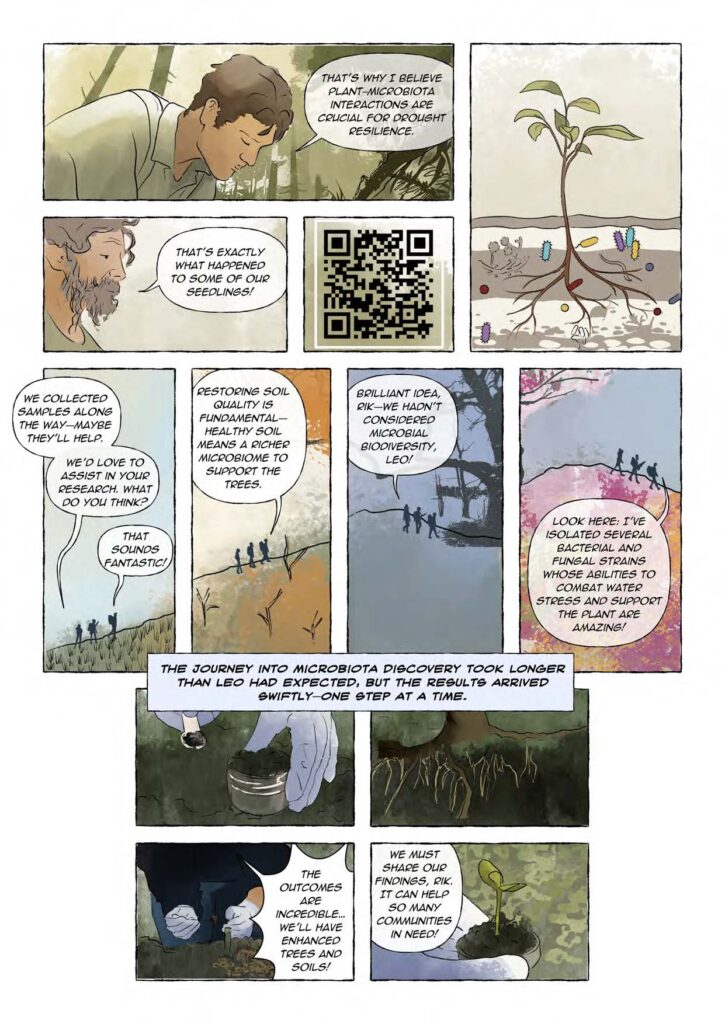
The researchers from RESTORE The bacterial strains isolated from these soils were selected for their tolerance to water stress, but also for their ability to produce molecules that retain water, protect plants, or communicate with them. These strains are used in association with trees. By restructuring the microbial communities associated with young trees, drought tolerance is improved, as is soil health.
Forests provide numerous ecological services: they purify the air, water, and wildlife, and, above all, they sequester carbon to limit global warming, by converting atmospheric CO2, a greenhouse gas, via photosynthesis. They are, however, subject to the pressures of climate change, the impact of which is combined with increased logging, creating a surge in timber prices that is compromising forest renewal, with an increase in the mortality rate of young trees over the last ten years or so.
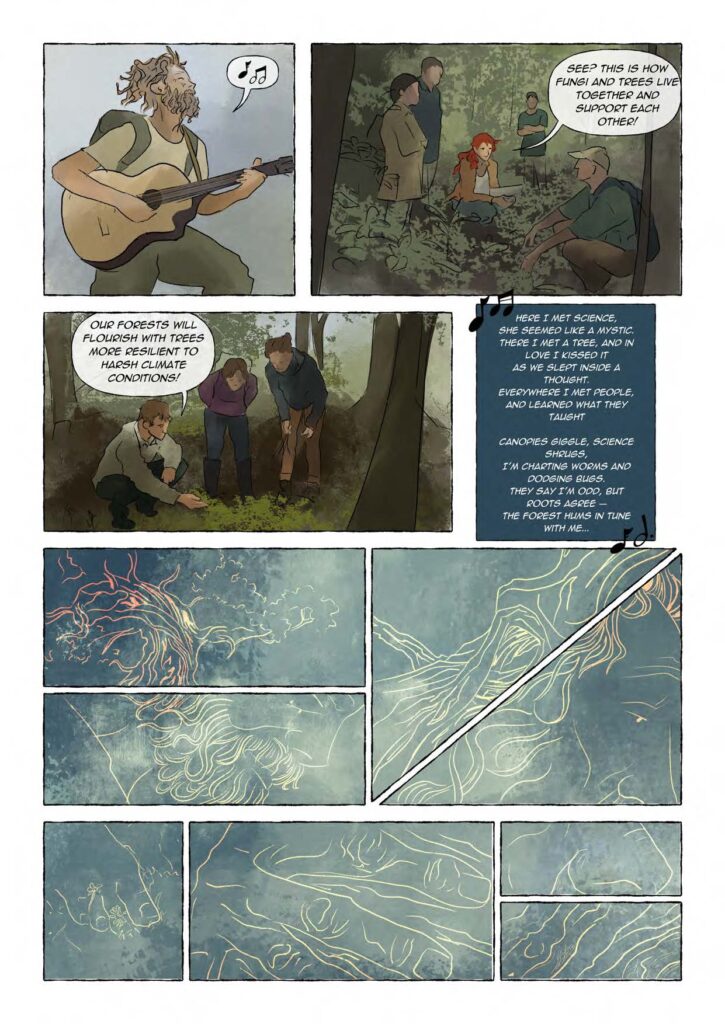
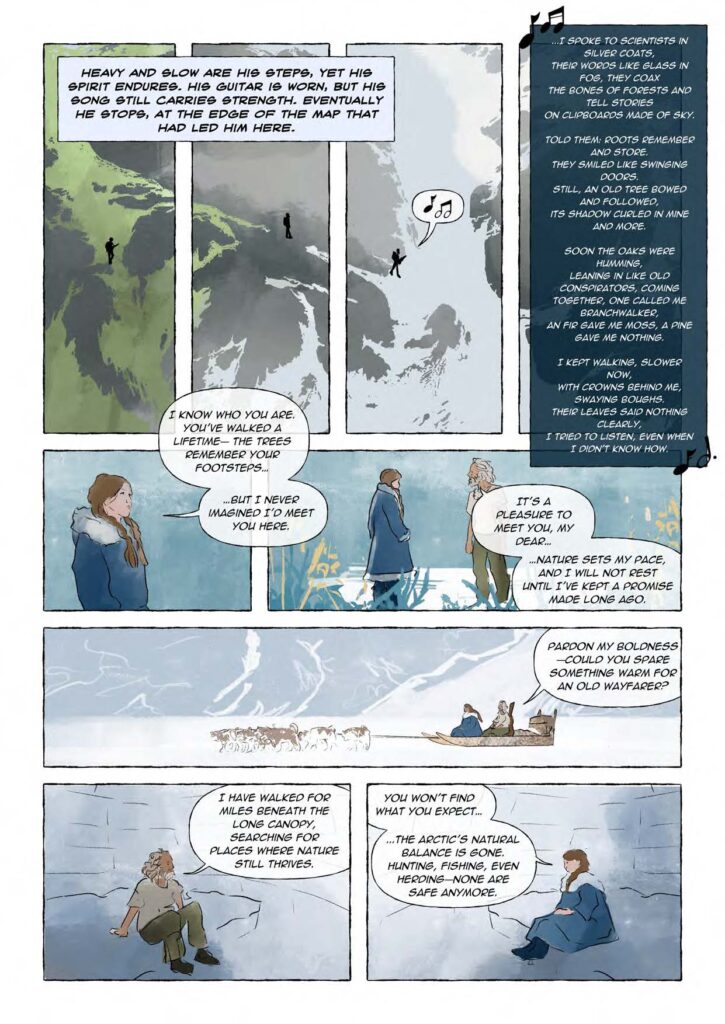
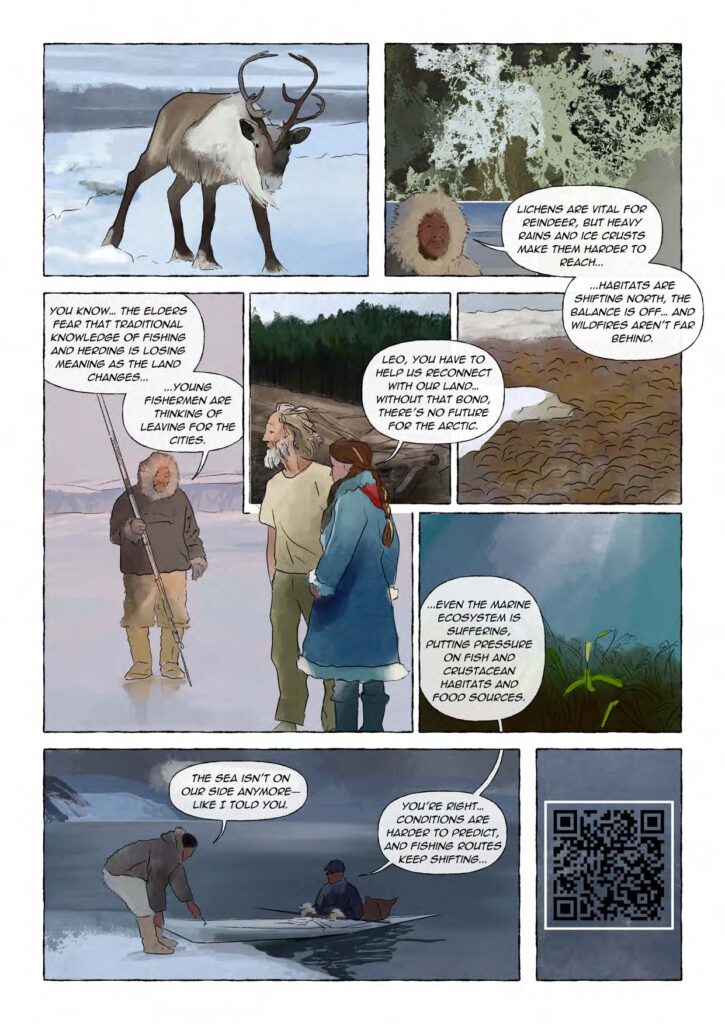
Together, they work for 10 years, protecting traditional migration routes and grazing areas, planting trees along taiga forest, reindeer migration routes, and blending cultural traditions with ecological restoration. Protecting old-growth forests and implementing ways to sustain biodiversity within the Arctic areas help people such as reindeer herders and Indigenous hunters/fishers.
FutureArticLives provides biological and economic forecasts and scenario assessments to assess in collaboration with local and indigenous people the impacts of climate and biodiversity change on the welfare and well-being of Arctic communities. Their studies will generate common and local-specific recommendations revealing commonalities as well as differences in how policies can be adjusted to facilitate adaptation to climate change at national and international levels and how local nature-based solutions and agents of change can be promoted.
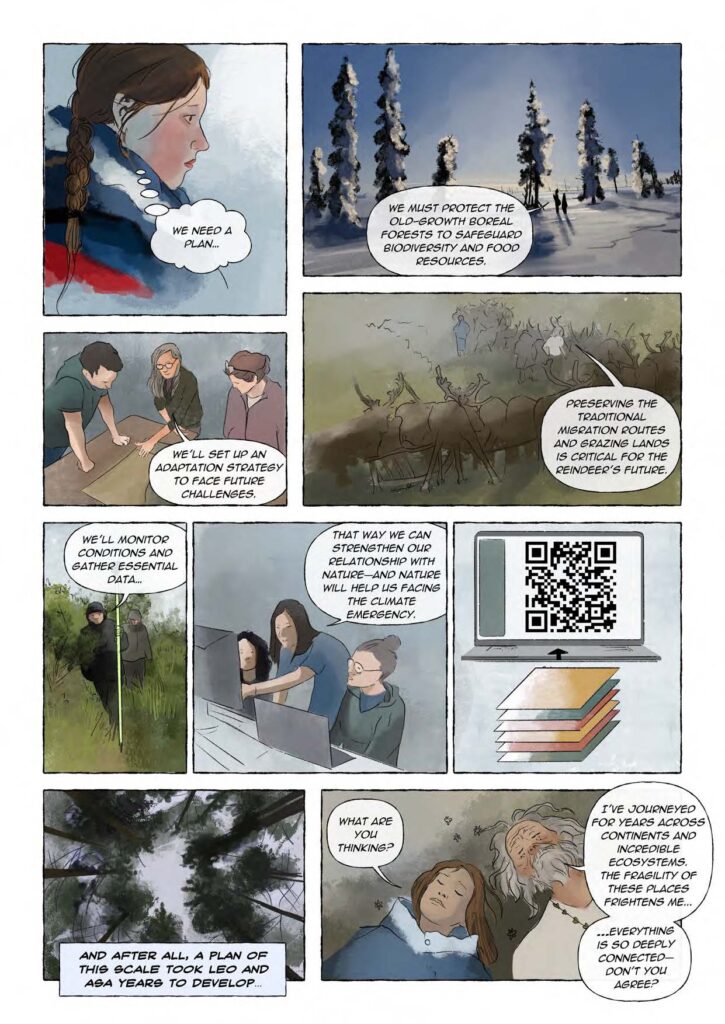
Many research projects have studied the effects of climate variation and climate change on biodiversity and related Nature’s contributions to people. However, little is known about the effects of biodiversity on climate and to what degree this feedback can be used to mitigate climate change. Biodiversity effects on climate are manifold but are still widely understudied. This is partly due to the fact that climate or Earth System Models (ESM) only use a very simple parametrization scheme of biodiversity due to computational limitations. ESMs only differentiate between very broad vegetation classes, such as broadleaved and needle-leaved forest or simplified plant functional types. Such simple classifications of the functional diversity do not well represent the processes relevant for addressing biodiversity feedbacks to the atmosphere.

